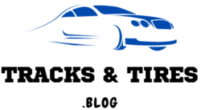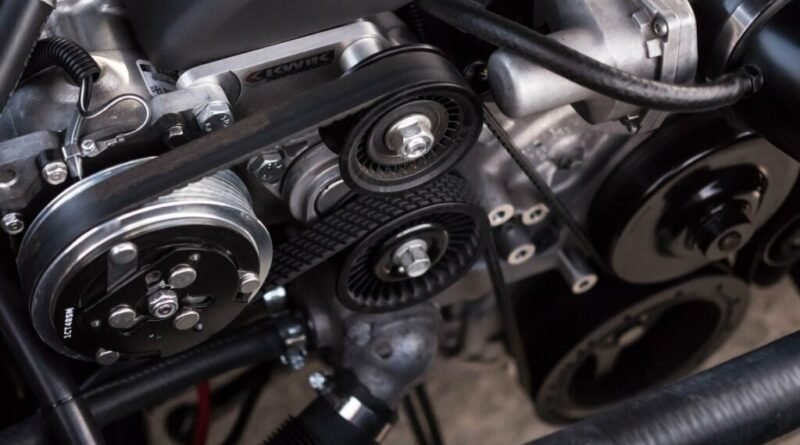What is running-in? Effect and importance on the life of the engine
Edging used during industrial processes attracts attention as a surface treatment method. This method aims to obtain a smoother and machinable surface by removing the roughness on the surface of metal or other materials. The lapping process plays an important role, especially in the assembly of parts and in reducing the friction of moving parts. Micro roughnesses on the surface of the workpiece occur as a result of abrasion or cutting processes. This situation negatively affects performance.
By eliminating these roughnesses, lapping reduces friction by increasing the contact area between the parts. This results in better compatibility of parts, reduced wear and tear rates, and overall longer-lasting systems. The lapping process is widely used in the automotive, aerospace, machinery, electronics and many industrial sectors. Running-in, which has a great effect on the engine, must be used. So, what is running-in? What is its effect on the engine? Let’s learn together!
WHAT IS RUNNING-IN?
Running-in refers to a procedure applied when an engine is new or is being used again after a long period of use. It is considered an important step to increase the performance of the engine, ensure the compatibility of the components and extend the life of the engine. The running-in process is valid for a new car, motorcycle or other motor vehicle. On the other hand, a running-in process is also applied when commissioning new engines of motorized machines or equipment.
Running-in also helps the parts inside the engine adapt to each other. When a new engine is manufactured or an engine is repaired, the surfaces of the components are still rough. These irregularities cause wear and friction during engine operation. The lapping process allows these irregularities to be corrected and the parts to fit together. The relevant process consists of several steps. First of all, a certain speed limit is applied to prevent the engine from being overstressed at high speeds. In the second step, the engine is gradually increased to higher revs. In this process, a few hours or a certain distance is completed.
This step increases the friction for the parts to fit together, allowing the surfaces to fit together better. Another factor to consider during the running-in process is the lubrication system. Engine oil is changed more frequently in new engines and during the running-in process. The reason is that friction and wear particles mix with the engine oil. The running-in period ends with a certain mileage or hour limitation.
When this limit is reached, the engine is used at full performance and becomes suitable for normal usage conditions. This situation is important to ensure the long life of the engine and to achieve optimum performance. By following the engine manufacturer’s recommendations and completing the running-in process correctly, maximum efficiency is achieved from the engine. Thus, the life of the vehicle is extended.
WHAT IS THE EFFECT OF RUNNING-IN ON THE LIFE OF THE ENGINE?
Running-in is of great importance as a process carried out to increase the performance and durability of a new engine. It attracts attention as a process that starts with the first start of the engine and continues for a certain mileage or operating period. This process is necessary to ensure that the parts inside the engine get used to each other. It is of great importance that the surfaces between the parts of a new engine improve the precise fit, reduce friction and minimize wear. This allows the engine to work more efficiently and last longer.
The relevant running-in process is carried out according to a procedure specified by the manufacturer. This procedure involves avoiding working under high speed and load during the first few hours of engine operation. On the other hand, it is also important to subject the engine to regular maintenance operations such as oil change. Once the running-in process is completed, the performance of the engine increases significantly. The fit between piston rings, valves and other engine parts is improved and friction is reduced. This feature means that the engine can produce more power, react faster and provide better fuel efficiency.
The effect of running-in on the engine increases the durability of the engine in the long term. Apart from this, it is important to complete the break-in period. If the running-in process is not carried out properly, engine performance decreases, wear increases and its life is shortened. Therefore, before starting to use a new engine, it is necessary to carefully read the manufacturer’s instructions and follow the proper break-in procedure.
HOW IS LAPPING DONE?
Running-in is done to make a new engine suitable for use. The running-in period generally varies between 1000 and 1500 kilometers. During this period, it is necessary to avoid driving the vehicle at high revs. Especially in the first thousand kilometers, it is recommended to use the vehicle at 2/3 of the highest rev level. For example, when running-in a gasoline car with 6,000 rpm, care must be taken not to exceed 4,000 rpm. The use of the accelerator pedal during running-in is also of great importance. It is recommended to avoid full throttle use and avoid sudden gas loads.
Sudden gas loads make the combustion in the cylinder stronger and cause an increase in pressure. This shortens the life of the engine. Therefore, you need to pay attention to your driving style in the first 1500 kilometers. On the other hand, it is recommended to use the vehicle at variable speeds as much as possible during the running-in period. Driving at different speeds helps to achieve a healthier break-in, provided that it stays within the ideal speed limits. It is also recommended to avoid long journeys at constant speed and avoid using cruise control.
It is also very important to make sure that the engine is sufficiently warmed up before taking off during the running-in process. Waiting for 30-60 seconds after starting the car helps the engine warm up. However, it is also necessary to carefully read the owner’s manual provided by the manufacturer of your vehicle and follow the manufacturer’s recommendations regarding break-in time and methods.
IS LAPPING NECESSARY?
Running-in allows the engine and other parts to adapt for a certain period of time before starting to use a new car. Although advanced production technologies can shorten break-in times, it is not possible to eliminate them completely. Therefore, it is recommended that a new car go through the break-in process. Vehicles that are not broken-in cause some negative consequences. In vehicles that have not been broken-in, first of all, the effects on the engine piston rings emerge as an important problem. Rings are the parts around the piston that separate the oil and the combustion chamber. These piston rings prevent leaks and ensure healthy operation of the engine.
The piston rings in the engines of new cars have a tight structure. Therefore, it tends to wear out the cylinder walls more quickly. Without lapping, the rings cannot reach the ideal flexibility and continue to wear on the cylinder walls. This wear causes loss of pressure in the cylinders. This subsequently reduces engine performance and shortens the life of the engine. In vehicles that have not been broken-in, damage to the cylinder walls requires replacement of some parts of the engine in the long term. This situation leads to a costly repair. On the other hand, fuel consumption increases in vehicles that are not broken-in. Thus, emission values increase.
The running-in process ensures that the engine operates more efficiently, increasing the performance and durability of the engine in the long run. Therefore, it is recommended that a new car go through the running-in process. Failure to run-in causes engine wear, poor performance and shortened life. Since running-in is an important step for the adaptation of the engine and other parts, every vehicle owner should take it into consideration.

